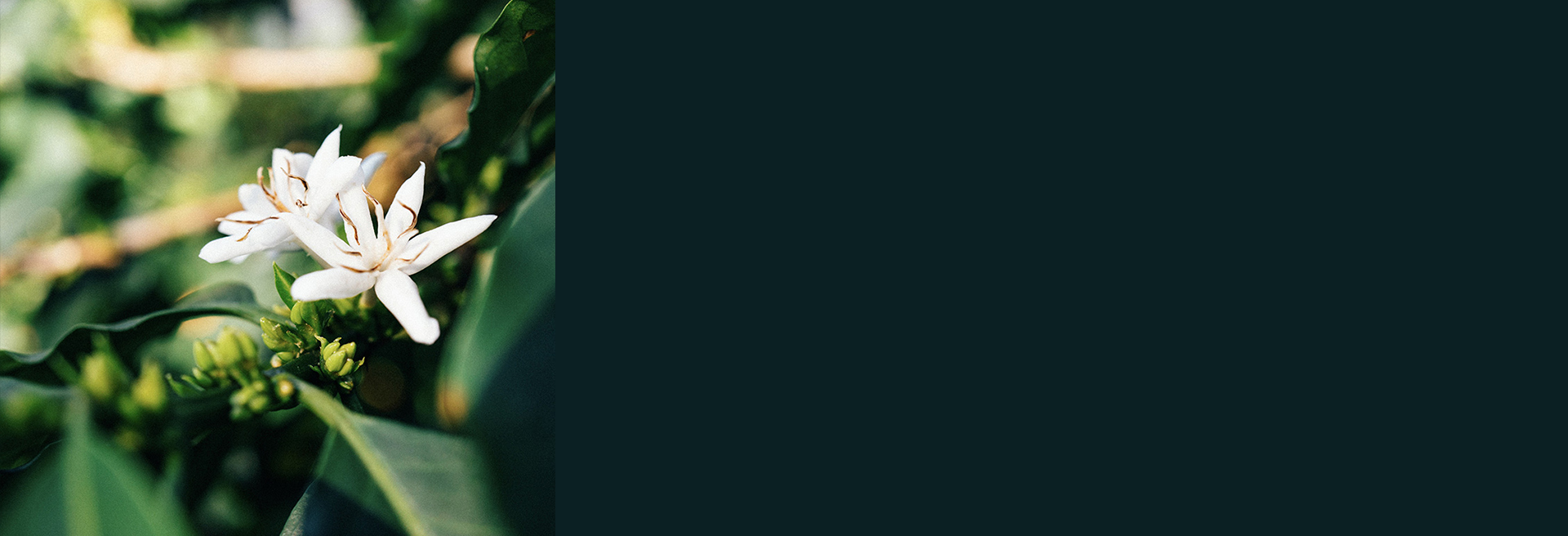FREE EU SHIPPING ON 4 BAGS
Nicaragua
El Bosque - Nicaragua
250g
Cup Notes
Blueberry / Clementine / Raisin / Milk chocolate suggested for espresso and filter
Micro Lot
QUALITY SCORE: 88.75
when we roast
We freshly roast to order all coffees on Monday, Wednesday and Friday (excluding national holidays), and ship the same day! Cut-off time is 11:59pm (UTC+1) of the day before the roast day. *We only ship whole beans*
Details
- Producer
- Octavio Peralta
- Country
- Nicaragua
- Terroir
- Nueva Segovia
- Altitude
- 1300 mt
- Arabica cultivar
- Caturra
- Picked in
- January 2017
- Arrived in
- August 2017
- Shipped in
- Box + Vacuum pack
- Roast profile by
- Rubens Gardelli
- Roasted on
- Customised solid-drum roaster
THE STORY BEHIND
Located adjacent to the picturesque Jicaro mountain in Nuevo Segovia region, Finca La Argentina produces a variety of micro-lots grown around an environment incredibly wild where coffee trees grow densely amongst shade trees of banana and Inga. The potassium provided to the soil by the banana trees is elemental to the nutrition of the coffee on the farm. All power on this rainforest certified farm is provided by solar panels and a rainwater harvesting tank which produces hydroelectricity.
Finca La Argentina is managed by Juan Carlos along with 40 permanent employees and 150 pickers during the harvest. Ripe cherries are handpicked and sorted between December and March.
This fully natural caturra lot called "El Bosque" is the pride of head farmer Octavio Peralta creating a uniquely fruity & rich coffee suitable for filter or espresso styles.
THE VARIETY
Caturra coffee varietal was developed by the Alcides Carvalho Coffee Center of the IAC, Instituto Agronomico of the Sao Paulo State in Brazil.
In 1937, IAC received seed samples of genetic materials originated on the border of the states of Minas Gerais and Espírito Santo. It was from Red Caturra and yellow Caturra cultivars. These two cultivars originated by natural mutation of Bourbon Red, originally a tall coffee shrub, found in the Serra do Caparaó , which is now a mountainous National Park north east of the city of Rio de Janeiro.
These are the main agronomic characteristics of the Red and Yellow Caturra varietals:
1. It is the of small size, of reduced length of internodes, leaves and side branches, providing compact appearance to the coffee shrub.
2. This is the first naturally occurred coffee mutation found, with small size and high yield capacity
3. They have excellent quality in the cup because they have virtually 100% of the Bourbon coffee in their genetic makeup.
4. the conditions in which they were planted in Brazil to cultivate Caturra showed low hardiness and consequent lack of vigor after a few harvests, which led to the premature depletion in yield.
THE FERMENTATION PROCESS
Dry process seems simple: pick the fruit, lay it out in the sun until it turns from red to brown to near-back, and then hull off off the thick, dried outer layer in one step to reveal the green bean. It is a method suited to arid regions, where the sun and heat can dry the seed inside the intact fruit skin.
It's often referred to as "natural coffee" because of its simplicity, and because the fruit remains intact and undisturbed, a bit like drying grapes into raisins. Since it requires minimal investment, the dry process method is a default to create cheap commodity-grade coffee in areas that have the right climate capable of drying the fruit and seed.
But it’s a fail in humid or wet regions. If the drying isn't progressing fast enough, the fruit degrades, rots or molds.
Dry-processed coffees can also be wildly inconsistent. If you want a cleanly-fruited, sweet, intense cup, dry process (DP) takes more hand labor than the wet process. Even the most careful pickers will take green unripe or semi-ripe coffee off the branch as they pick red, ripe cherry. If these are not removed in the first days of drying, the green turns to brown that is hard to distinguish from the ripe fruit.



